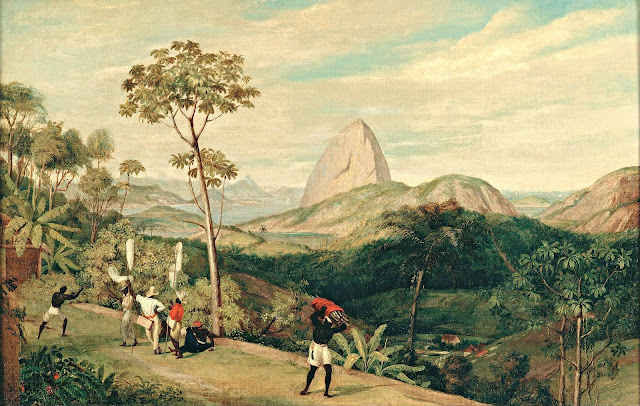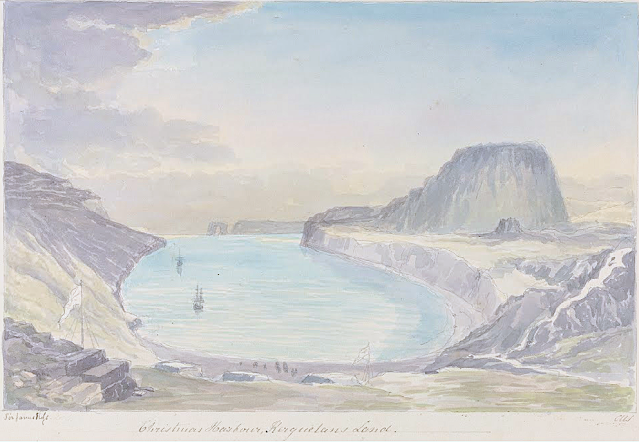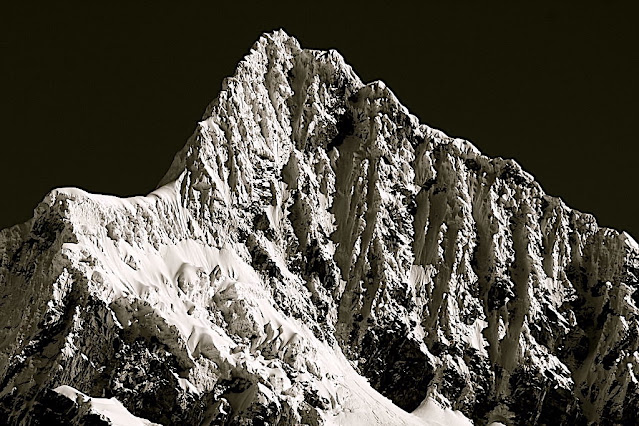,%201885%E2%80%931886-%20Barnes%20Foundation.jpg)
PAUL CÉZANNE (1839-1906)
The Pilon du Roi - Massif de l'Etoile (710 m - 2,200 ft)
France
La Chaîne de l'Etoile avec le Pilon du Roi, 1885–1886, Barnes Foundation
The mountain
The Massif de l'Etoile (Range of the Star) is a small mountain range located north of Marseille. Covering an area of 10,000 hectares, it culminates at 779 meters at Grand-Puech. Its other highest points are: to the west, the summit of Grande-Étoile (590 metres) and l'Étoile (652 metres, the highest point in the municipality of Marseilles), to the east, besides the Tête du Grand-Puech, the Mont Julien (647 meters), while the center of the massif is dominated by the Pilon du Roi (710 meters) whose name is a deformation of the Provençal Pieloun dóu Roure, or the “peak of the oak”.
With the Garlaban massif, it forms a chain of mountains in coastal limestone Lower Provence in the south of Bouches-du-Rhône. They constitute a vast natural space of approximately 20,000 hectares which emerge at the heart of an urban complex of more than one million inhabitants with the agglomerations of Marseille, Aix-en-Provence, Aubagne and Gardanne.
The massif crosses 18 communes of the Bouches-du-Rhône.
On the northern edge of the Marseille agglomeration, this massif offers a beautiful image of the non-coastal hills of limestone Basse-Provence with typical flora, including endemic and rare species, including one from Appendix II of the plant protection system. (Arenaria provincialis), a typical vegetation of coppice, scrubland, lawns and rock habitats belonging to the Meso-Mediterranean level with even, thanks to a clear shade, an outline of a supra-Mediterranean level (coppice - high oak forest pubescent holly and pine forests of Scots pine) and a Mediterranean fauna whose current studies show for the moment typicality and originality.
The Painter
If mount Sainte-Victoire appears to have been the subject of a true love story with the painter Paul Cezanne, it is not the only one mountain he painted.
Aix-en Provence (France) painter Paul Cezanne still remains closely linked to his hometown. His studio in Les Lauves remains a place to visit, as if the painter was coming back from one second to the other. But the eternal bond is undoubtedly the series of paintings he did of the Montagne Sainte-Victoire. A hobby, a passion, a thread in the painter's work that took place in the latter part of his life, between 1882 and 1906 when he died in Aix. History says that the painter had contracted a nasty pneumonia during a working session on the mountain. This is what can be called 'die on stage'.
Cézanne had a considerable influence on the art of the late nineteenth and the early twentieth century. Acknowledged master of his time, he attended during stays in Paris between 1862 and 1882, the Impressionist band: Camille Pissarro, Auguste Renoir (who also ended his life in the Provencal brightness), Claude Monet, Alfred Sisley and others. He participated in the Impressionist adventure while keeping his personality: it is the time of the shock of the en plein air, easels in the grass, looking for natural light and emotion.
The influence of the Aix painter is recognized in the history of art since it would be the cause of the Cubist movement embodied in 1906 by Pablo Picasso and Georges Braque. The first historically so called Cubist painting ' Les Demoiselles d'Avignon' would, a true artistic shock shown by Picasso in 1907 (one year after the death of Cézanne) is today one of the masterpieces of the MoMA in New York.
It is the search of volumes around which leads to the appearance of geometry in landscapes or still lifes of Cézanne.In 20 years, Cézanne pushes his style to express the emotion of the landscape, suggesting the wind, involving movement just like if we can breathe the air of the scene. In his first paintings pf the Sainte Victoire,(in the 1880’s) he expresses the giant aspect of the mountain that dominates the area with his characteristic e way of painting at the time, with a juxtaposition of linear brushstrokes and a range of soft, natural colors. In the last paintings of the Sainte Victoire, view from Les Lauves, between 1904 and 1906, he shows shots less accurate brushes allowing the shape of the mountain emerge from the canvas like an apparition. That is the whole intention of the artist, show nature as it is without fail to convey emotion.
_______________________________
2022 - Wandering Vertexes...
by Francis Rousseau

%20acrylic-on-canvas.%20(2.1%20m%20%C3%97%203.0%20m)-%20Chez%20Tony%20Richardson%20%20Le%20Nid%20du%20Duc%20les%20collines%20des%20Maures%20de%20La%20Garde-Freinet%20%20.jpg)
-%20'Kilauea'.jpg)
-%20vue%20de%20NAplouse%20et%20du%20Mont%20Ebal%20%20_Hallwylska_museet.jpg)




%20-%20Atlas-mountains-Oukaimeden%20the-view-from-Marrakesh-1949.jpg)
%20%20-%20Leo%20Wehrli%20et%20Carlos%20Bruckdevant%20le%20%20%20Volcan%20Planchon%20(1897),%20Colorie%CC%81%20par%20Anna%20M.%20Wehrli-Frey-%09%20ETH%20Library%20%20Zurich%20%20.jpg)

%20grayday-%20Green%20land%20Iceberg%20Alaska%20%20.jpg)

.jpg)

